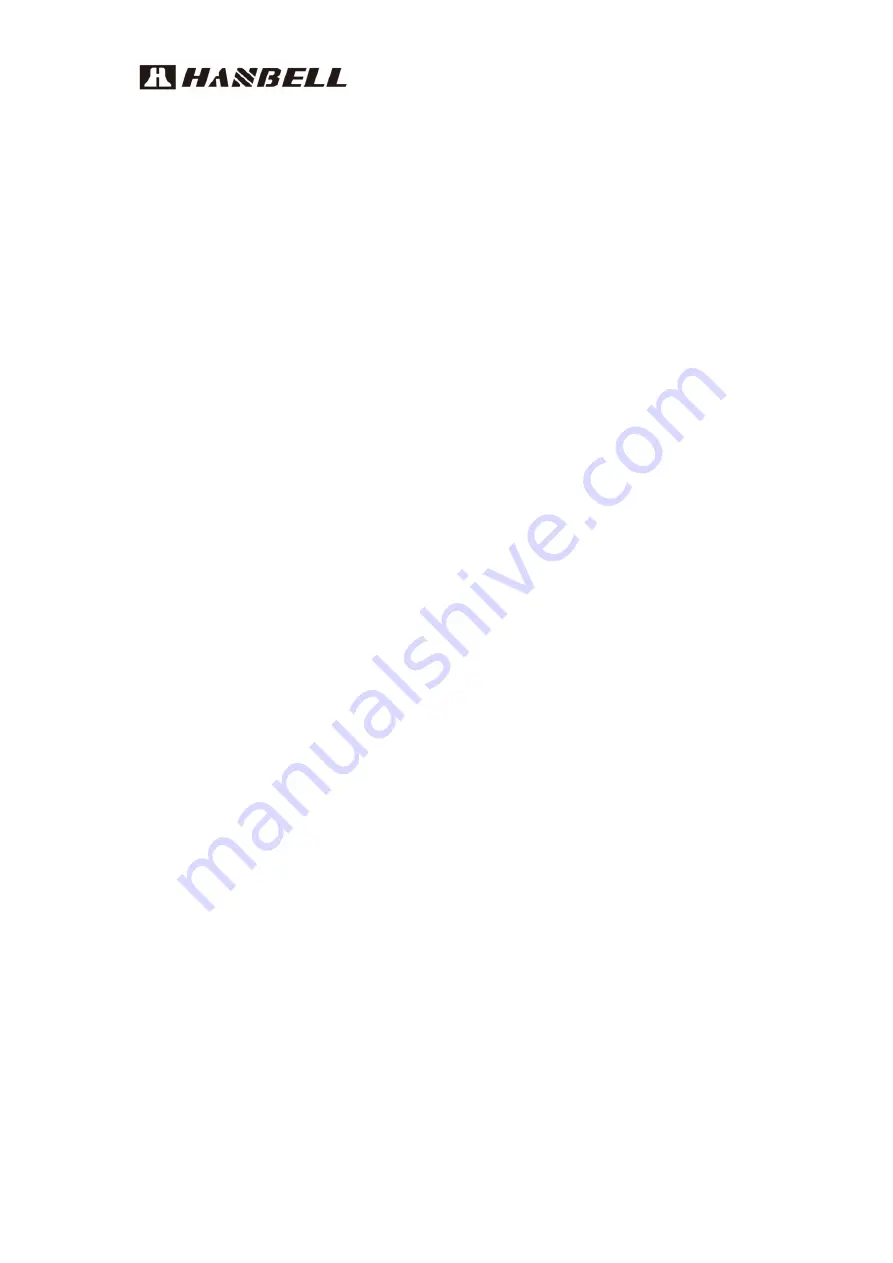
LT-S-(L) Technical manual
3.
Construction & Functions
3.1
Design Features
1
)
Starting load
Starting with light load; its starting load is similar to ordinary single stage
compressor, so as to avoid greater impact on power grid.
2
)
Motor cooling channel
Excellent motor cooling channel design which ensures the high efficiency of the
compressor, while realizing the reliable cooling of the motor, so that the compressor
can operate in a very wide range, and a more extensive scope of application.
3
)
integrated design of system parts
Pre-installed medium pressure check valves, shut off valves and economizer
filters that ensure reliable protection of compressors and simplify customer system
configuration.
4
)
Motor temperature visualization
The embedded temperature sensor of motor, PT100, PT1000 and NTC, are
optional, which can directly read the motor temperature to control the motor
temperature.
3.2
Capacity modulation system
LT series screw compressor is equipped with 3/4 step capacity modulation
system or continuous (stepless) capacity modulation system.
Both of the two capacity modulation systems are composed of slide valve, piston
rod, piston cylinder and piston. As shown in Figure 3-1 below.
When the spool is fully in contact with the suction side, the screw rotor is in
full-load suction state, at which time the working volume of the compressor is
maximized. As the spool is separated from the suction side, it moves toward the
exhaust side. A bypass cavity is formed between the slider and the suction side.
Its
presence causes the compressed gas in this range to be bypassed directly to the low
pressure, and the actual suction volume of the screw rotor is reduced.
The more the
slide valve moves toward the exhaust side, the smaller the actual suction volume of
the compressor will be.
And the system cooling capacity will also reduce
The slide valve is driven by the pressure differential among the internal capacity
modulation system.
The lubricant comes from the external oil separator and passes through the oil
filter then enters into the oil inlet port of the compressor, and at last divided to both









































